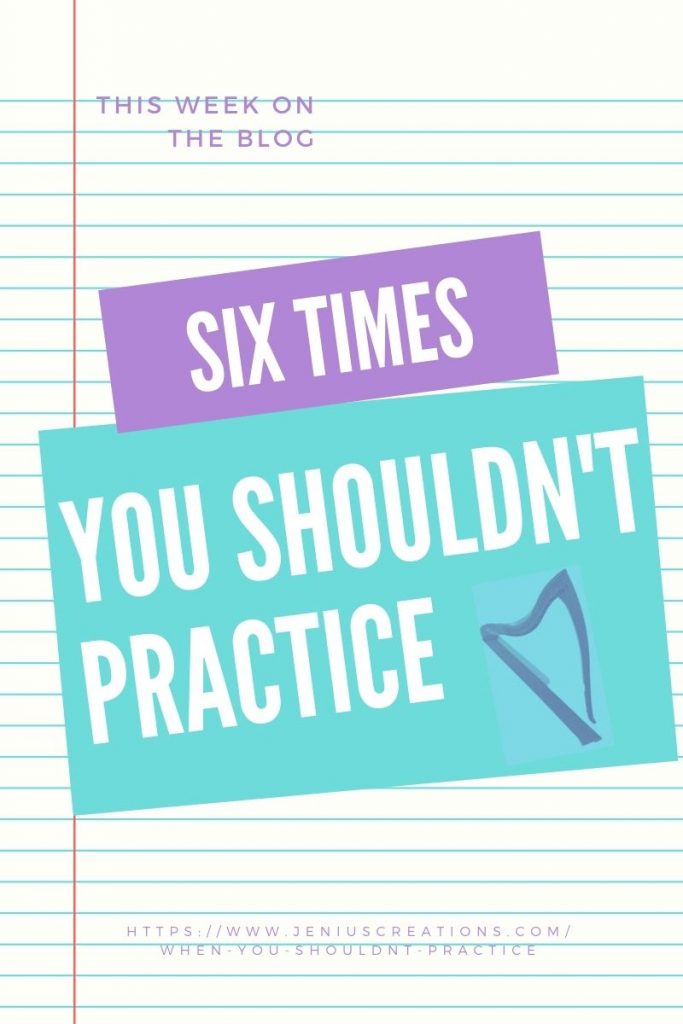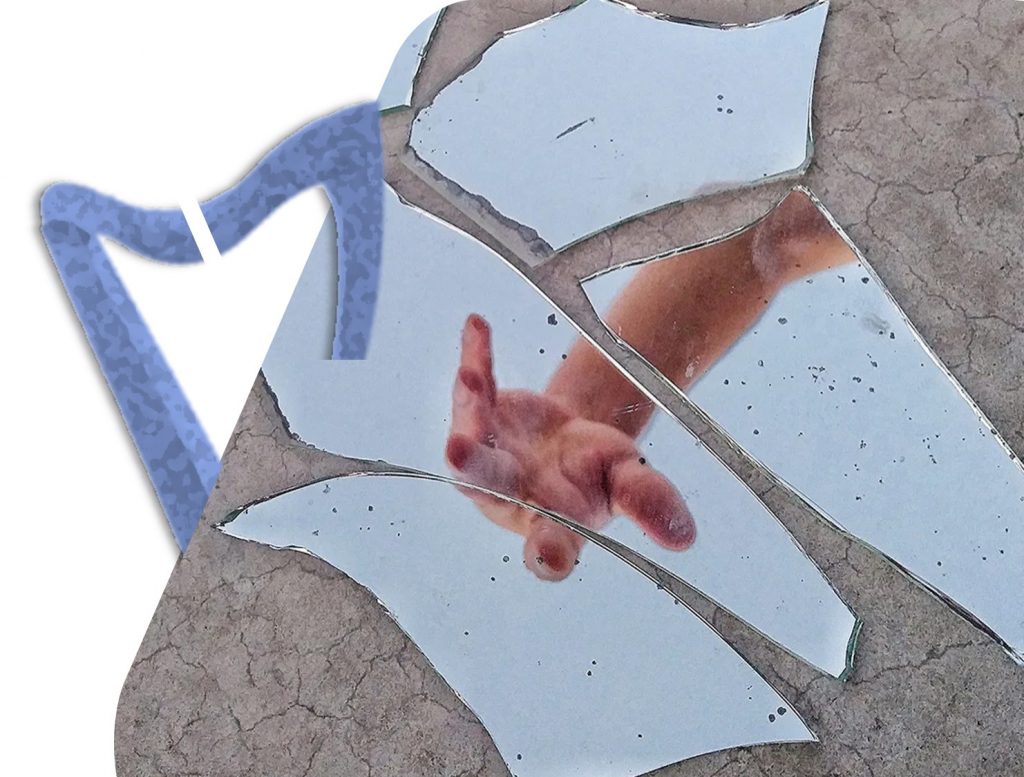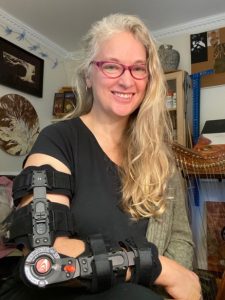It’s that time of the year when we reflect on the past year and think about what might come in the next twelve months.
Of course, the last year wasn’t really all that nice and we might be inclined to avoid thinking about it at all. But that would be a mistake.
You probably learned a great deal in the last year. Some of it good, some of it bad, almost all of it about you. So think about what has happened so you can make a better start to the coming year.
You might think that I’m going to tell you to make your resolutions or goals for 2021. But I’m not. In fact, I think that would not be a good idea. Let’s wait on those goals for a sec and instead, let’s talk about something you’ve been telling me.
 One of the things you told me – a lot – was that in the past year, you weren’t motivated. That you weren’t practicing. And that this not practicing lead you to feel badly…because you knew you should be maximizing your time by practicing more.
One of the things you told me – a lot – was that in the past year, you weren’t motivated. That you weren’t practicing. And that this not practicing lead you to feel badly…because you knew you should be maximizing your time by practicing more.
And if you’re on social media, this might have made you feel even worse as people made videos and wrote music and built complicated multi-window concerts that included participants all over the world and shaped facebook empires and instagram realms, leaving you to feel like you needed to be just as creatively productive …even if you were still working full time (or were mildly depressed by the situation and your infatuation with doomscrolling!).
And possibly even worse, you told me that this made you doubt if you should keep playing. Doubt if you’d ever get back to your harp. Bemoaning your lack of progress…and motivation. Wondering if you ever really were a harp player.
Some of you said something to the effect of – if there’s no one to play for there’s no reason to play and if there’s no reason to play there’s no reason to practice and if I don’t practice then I can’t play…so maybe I should just give it up!
Poppycock!
What you might see as a lack of motivation is likely just a need to determine your style. Once you know what that style is, then you can focus on what works for you.
Some of us are Process people. We are in it for the journey. We love to explore the nooks and crannies of the path. We just love the route – and if we never get anywhere, that’s ok too – we’ll amble along taking in more information, learning as we go, enjoying the ride. We like a unending, undefined pursuit.
Some of us are Product people. We don’t really have a lot of thought for the journey – we are focused on the destination. We love to arrive! We honestly don’t give a fig for how we get there; we just want to get there. And then (possibly even before we get there) we’ll look for our next destination and work on getting there ad nauseum.
The process focus is popularly held as a more enlightened approach. And smugly superior process people like to point out that product people are missing the point, aren’t mindful enough, etc. Product people don’t even look up of course, because they are busy getting where they’re going and don’t have time to listen to process people prattle on about the path.
If you’ve been feeling unmotivated because there’s nowhere to play, you’re probably a Product person.
But as you might have already guessed, there is no one right way. There are even some hybrid people who both enjoy the journey and rejoice in arriving at the destination. As we continue to move through the year with ongoing uncertainty, the process people might appear to have an advantage. But the real advantage will be to those who know what their approach is and going from there.
It is important is to know what you are and to work with that knowledge to achieve two aims:
- To encourage yourself to continue
- To stretch yourself to be more like you aren’t (and observe how that helps you grow as a musician)
You likely already know which of these you are. If, over the last eight months you were a font of great ideas and noodled around with them and maybe put at least a few of them into play – you are likely a process person. If, on the other hand, your ongoing self-talk included something along the lines of “there’s no one to play for, there’s nothing to do, why would I bother to play” you’re probably a product person.
A Product focus begins with the end in mind – you practice because you have a gig coming up. Or a harp circle. Or a lesson. It might not be in you to practice just for the joy of it. And you might feel silly when you just sit to play – rather than practice – when no one is listening. You typically do practice (only because when it’s time to perform, there’s not many tunes you can just pull out of your ear without practice). For you practice is a means to an end, not a journey.
A Process focus is much more open ended. You dally. You practice things just to know them rather than to prepare to perform. You may look forward to the feel of the harp against you and the sound of the strings as you play. You might noodle for hours just to noodle. And if you never perform that stuff, so what – look at what you learned.
It is important to note –
– most people have a some of both Process and Product,
– one is not better than the other, they’re just different ways to look at the world
So, as you begin to feel your way into the new year, but before you get down to defining what you think the year might look like in terms of your harp life goals or resolutions – I have some homework for you!
- Assess yourself and determine if you are more Process or more Product. Be honest!
- Once you’ve determined which you are, mark where you are on the continuum

- Write down three things that might come from being more what you aren’t (e.g. if you’re mostly process, what are three things that you might benefit from being more product focused)
- Write down some ways you anticipate this will make you uncomfortable
- Note how this exercise (and actually implementing the three things you identify) might improve your practicing and playing.
Are you more Process or more Product? Let me know what you’re like and what you think your three things might be in the comments below!
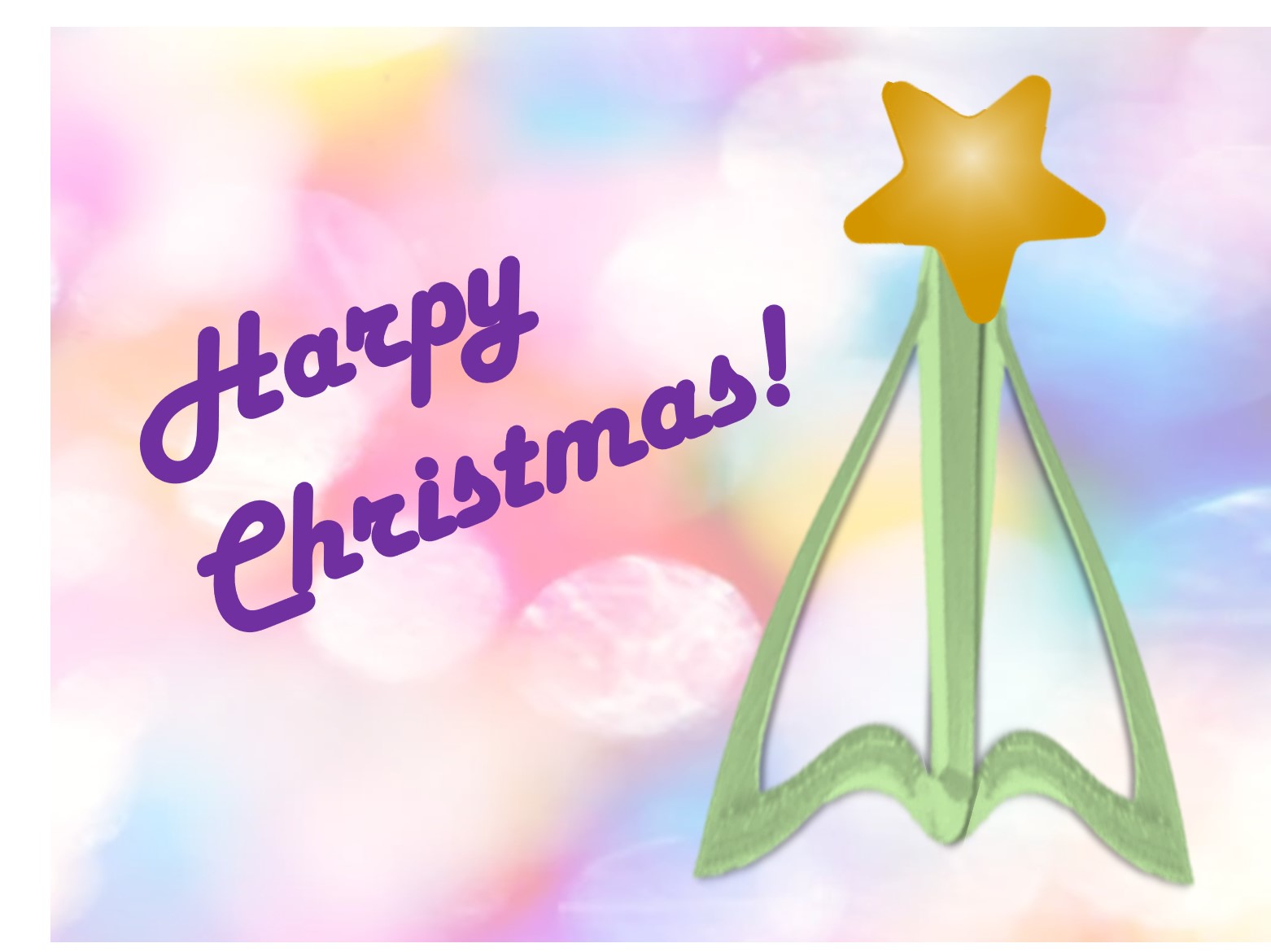
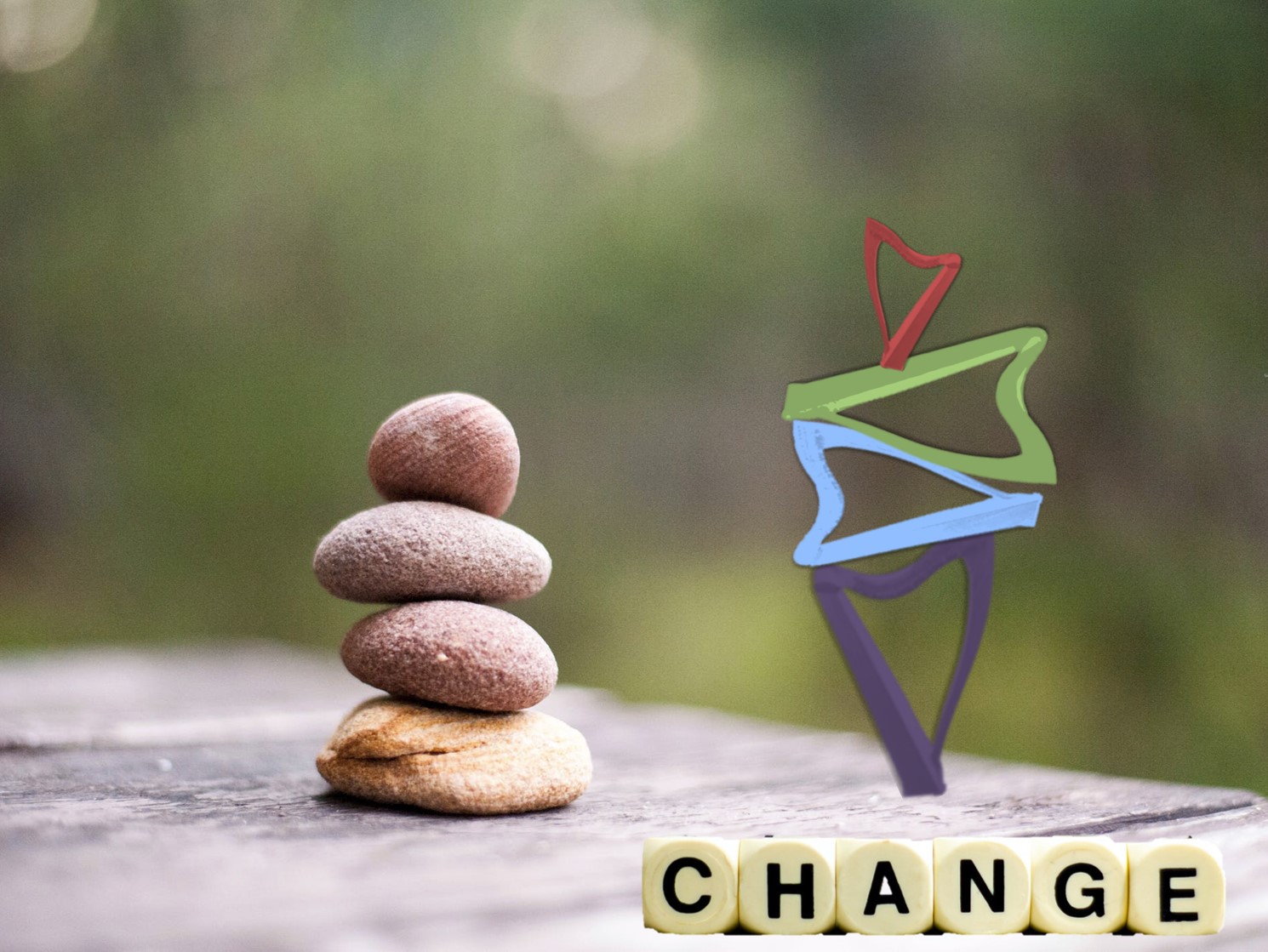


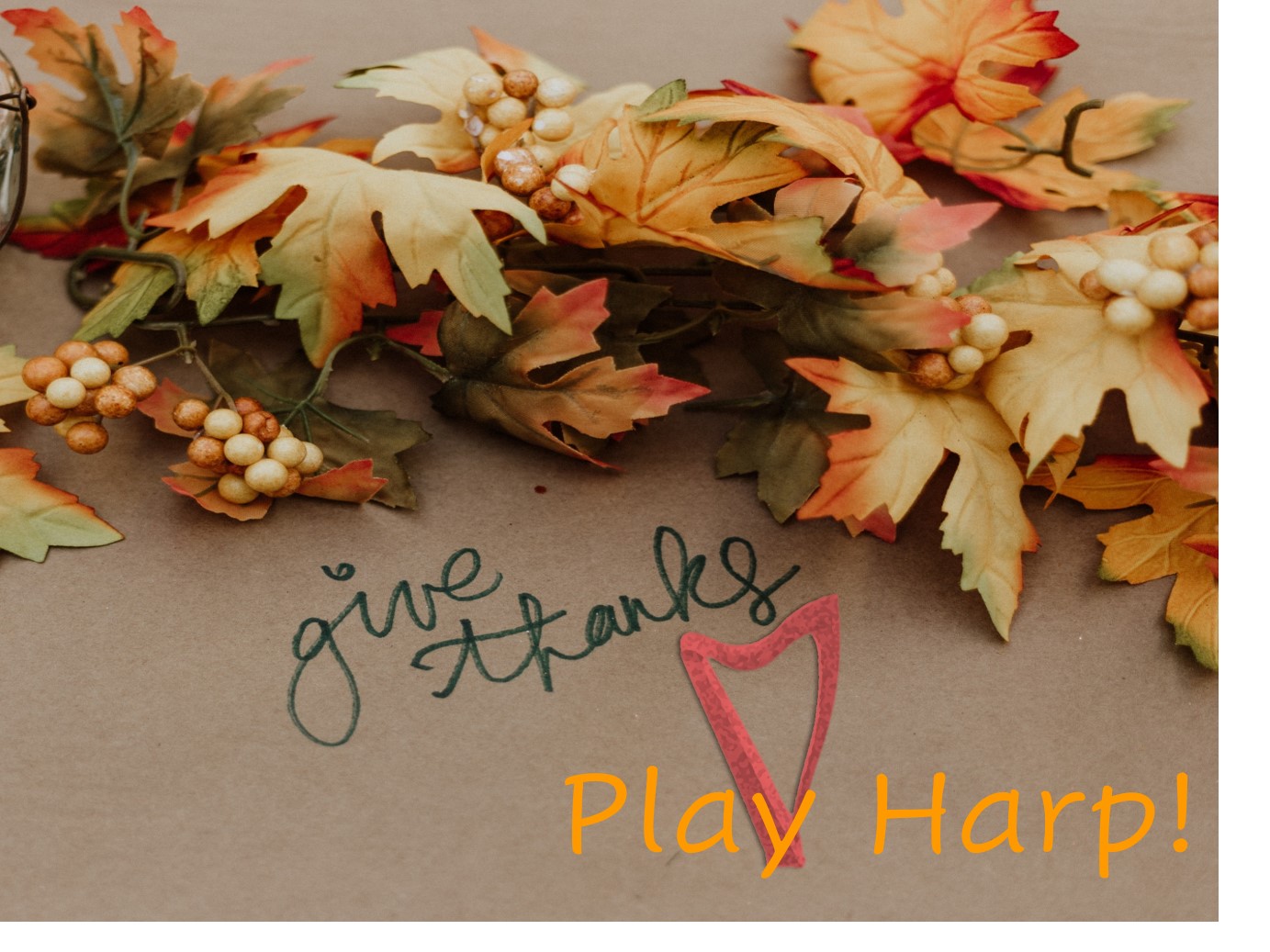 I
I